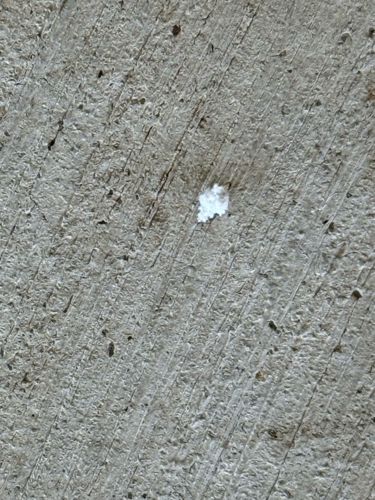Mealybug
Scientific Name: Various species within the Pseudococcidae family (e.g., Planococcus citri - citrus mealybug, Pseudococcus longispinus - long-tailed mealybug)
Order & Family: Hemiptera (Order), Pseudococcidae (Family)
Size: Typically 1 to 4 mm (0.04 to 0.16 inches) long, but can vary by species.

Natural Habitat
Mealybugs are found worldwide, particularly in warmer climates. They are common pests in greenhouses, homes (on houseplants), and agricultural fields. They prefer concealed and protected parts of plants, such as leaf axils, undersides of leaves, and near the crown or roots.
Diet & Feeding
Mealybugs are sap-feeders, meaning they feed on the sap of plants. They insert their stylets (mouthparts) into the phloem of plants to extract nutrients. They infest a wide variety of plants, including ornamental plants, fruit trees, and vegetables.
Behavior Patterns
Mealybugs tend to move slowly and are often found in clusters on plant stems and leaves, especially in protected areas like leaf axils. They excrete honeydew, a sugary substance, which can lead to the growth of sooty mold. Their waxy secretion provides protection from pesticides and desiccation.
Risks & Benefits
Risks: Mealybugs are significant agricultural and horticultural pests. Their feeding can cause wilting, yellowing, leaf drop, stunted growth, and even death of plants. The honeydew they secrete can also promote the growth of sooty mold, which reduces photosynthesis and the aesthetic value of plants. Benefits: While generally considered pests, they are a food source for natural predators like ladybugs and lacewings, which can help control their populations in biological pest management systems.
Identified on: 8/10/2025